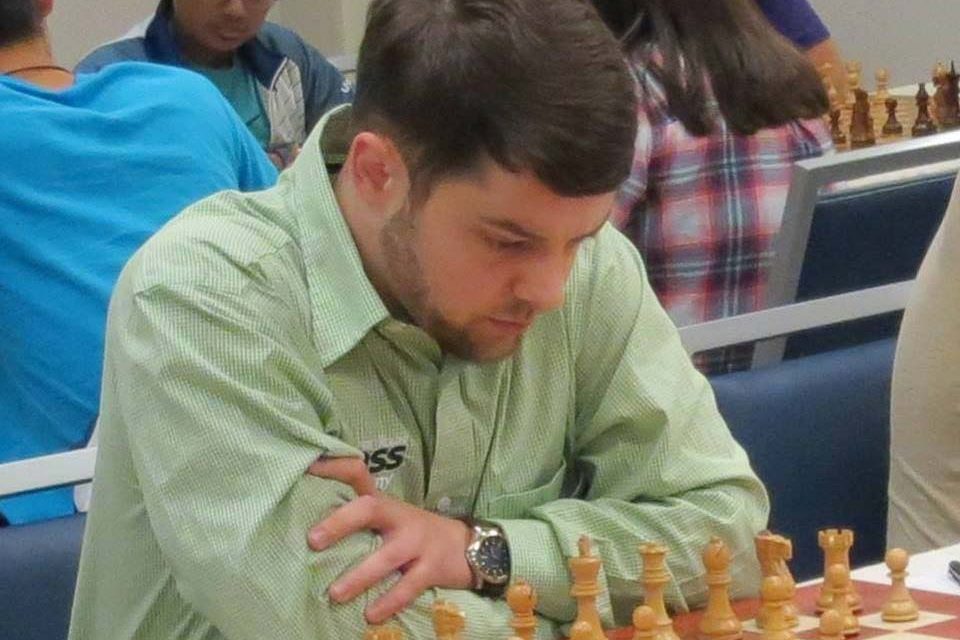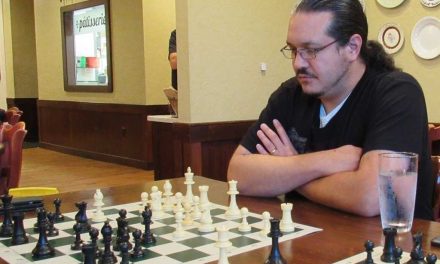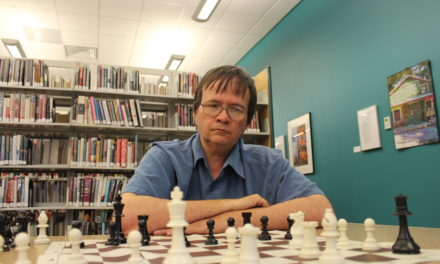The Evans Gambit is an exciting opening that will sporadically make an appearance at the top levels. Nearly all chess players know of this famous sequence, but what about its creator, Captain Evans?
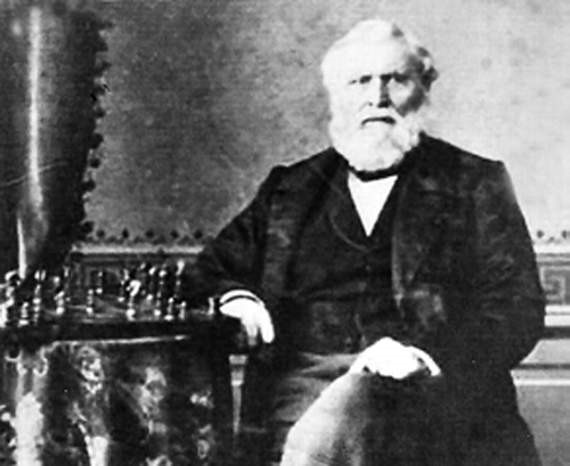
Captain William Davies Evans was born in 1790 in Wales and made his first sacrifice at age 14 by joining the Royal Navy. He fought for the King in the Napoleonic Wars in the early 19th Century until 1815. In 1819 he became Captain of a postal ship, ‘The Auckland’ and became enamored with chess. His strongest opponent was Lieutenant Harry Wilson, the two played many casual games which unfortunately were not recorded. In 1826 while on leave in London, Captain Evans played the strongest Irish player Alexander McDonnell and the unknown (in the chess world) Evans revealed a version of the gambit that bears his name.
Despite some inaccuracies the game is intriguing, three years later Captain Evans would again stun McDonnell and change Chess history forever! Pull out a chess set and climb aboard with Captain Evans!
Captain William Evans – Alexander McDonnell, London 1826
1.e4 e5 2.Nf3 Nc6 3.Bc4 Bc5 4.0-0 d6 5.b4 This sacrifice takes the Bishop out of the center and gains time (moves) while getting the desired c3 and d4 Pawn moves in. A slight refinement of this idea will become known as the Evans Gambit! 5…Bxb4 6.c3 Ba5 7.d4 Bg4 8.Qb3 Qd7 A sensible move, my engine gives the fearless 8…Bxf3 9.Bxf7 Kf8 10.gxf3 exd4
9.Ng5 Nd8? 9…Nh6 was the only reasonable try 10.dxe5 dxe5 11.Ba3 Nh6 12.f3 Bb6+ 13.Kh1 Bh5 14.Rd1 Qc8 15.Rxd8+? Sorry Captain, this move is too fancy, 15.Qb5 Nc6 16.Bd5 drops the anchor! 15…Qxd8 16.Nxf7 Qh4?? 16…Qf6 17.Qa4 c6 18.Nd6 and White has more than enough compensation for the exchange 17. Qb5+ 17.Bb5+ c6 18. Qe6 leads to mate one move faster 17…c6 18.Qxe5+ Kd7 19.Qe6+ Kc7 20.Bd6#
Captain William Evans – Alexander McDonnell, London 1829
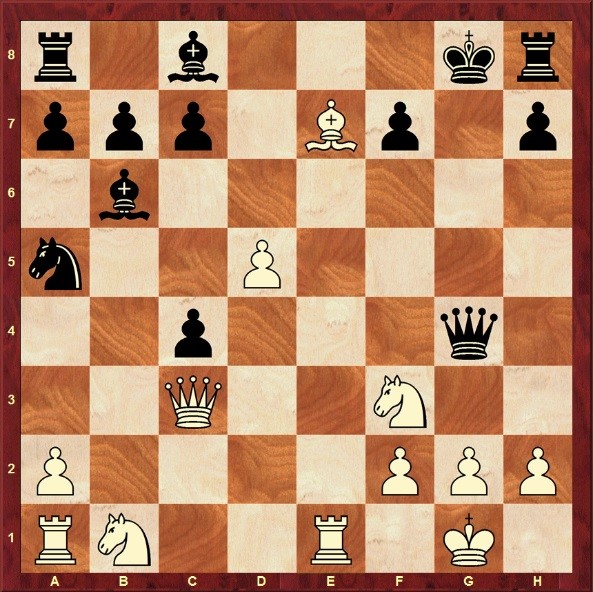
1.e4 e5 2.Nf3 Nc6 3.Bc4 Bc5 4.b4! The world’s introduction to what is now known as the Evans Gambit. 4…Bxb4 5.c3 Bc5 Today 5…Ba5 and 5…Be7 have become the best options 6.0-0 Nf6 7.d4 exd4 The awkward 7…Bd6 may have been Black’s only option 8.cxd4 Bb6 9.e5 d5 A thematic move still today, but White’s initiative is too strong 10.exf6 dxc4 11.Re1+ 11.fxg7 followed by 12.Re1+ was stronger 11…Kf8 If 11…Be6 12.fxg7 Rg8 13. d5! 12.Ba3+ Developing with a tempo is a beautiful thing 12…Kg8 13.d5 Na5 14.Be7! I am amazed by the accuracy of White’s play 14…Qd7 15.fxg7 Kxg7 16.Qd2 Qg4 17.Qc3+ Kg8 18.Qxh8!! Kxh8 19.Bf6+ Qg7 20.Re8#
This sparkling game sent waves throughout the Chess world. The newly christened ‘Evans Gambit’ was adopted by nearly all top players including La Bourdonnais, Staunton, Anderssen and Morphy!
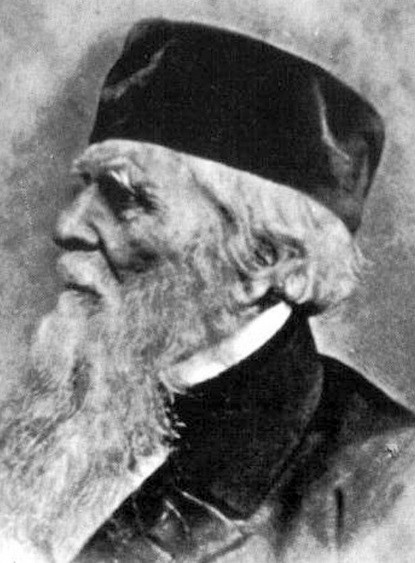
If you can believe it, Captain Evans perhaps made an even more important invention! He created a tri-colored light for ships to avoid colliding at night. This light fixture is a precursor to modern day traffic lights. The British government awarded him £1,500 (roughly $200,000 adjusted for inflation) and the Czar of Russia added an extra £200 with a gold chronometer. Captain Evans passed away in 1872 at the age of 82, his age is wrongly given as ‘eighty years and six months’ on his gravestone in Belgium…a most unfortunate blunder.

